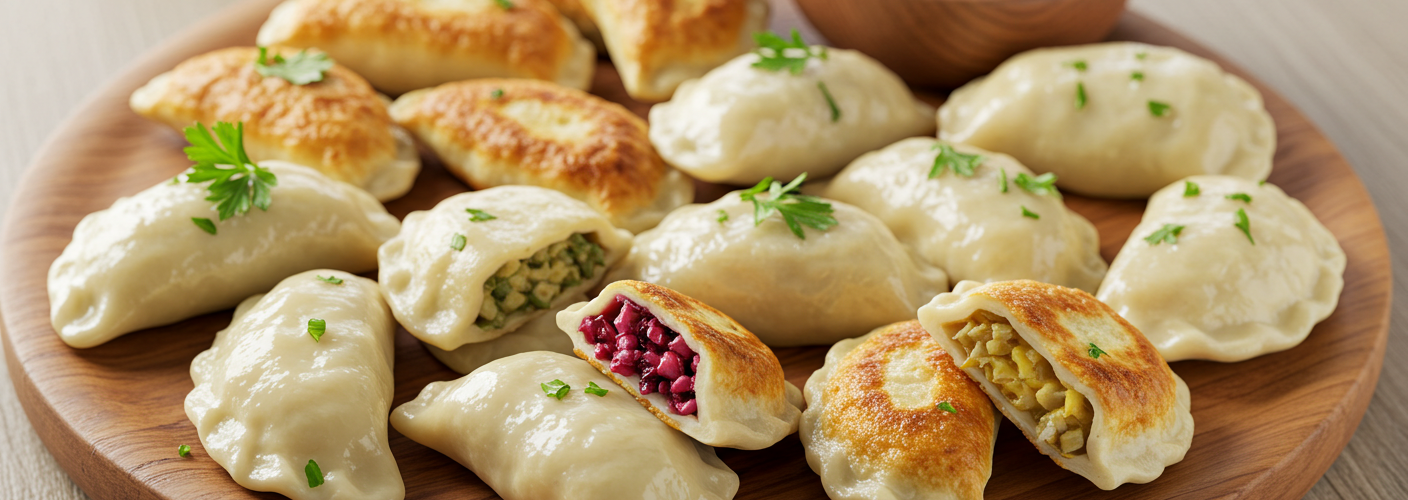When it comes to comfort food, few dishes evoke the same warmth and nostalgia as pierogi. Originating from Poland, these delightful dumplings have become a beloved staple not just in their home country, but also in various parts of the world. A pierogi is typically made from unleavened dough, wrapped around a variety of flavorful fillings, making them a versatile option for any meal.
The dough used for pierogi is simple yet essential, often consisting of basic ingredients like flour, water, and salt. It is rolled out to create thin circles, which are then carefully filled with an assortment of ingredients chosen based on personal preference or regional tradition. The fillings can range from savory options like potatoes, cheese, sauerkraut, or mushrooms to sweet treats like fruits, sweet cheese, or even chocolate. This adaptability makes pierogi a fantastic dish for both vegetarians and meat lovers alike.
Once filled, the dumplings are typically boiled until they float to the surface, indicating they are ready for the next step in their preparation. While boiled pierogi are delicious on their own, a common practice is to pan-fry them briefly after boiling, which gives the outer layer a delightful crispy texture. This contrast between the soft, chewy dough and the crispy exterior makes every bite of pierogi an exciting culinary experience.
The popularity of pierogi can be attributed to their hearty nature and the communal spirit fostered during their preparation. Making pierogi is often a family affair, where generations come together to fill and fold the dumplings, passing down traditions and recipes. Whether it’s a special holiday meal or a casual get-together, preparing pierogi allows families to bond over food and share in the joy of creating something delicious.
In Poland, pierogi are served in various contexts, from a regular meal to festive occasions. They often appear at Christmas Eve dinners as part of the traditional Wigilia meal. Regardless of the occasion, they are typically garnished with sour cream, fried onions, or crispy bacon, enhancing the overall flavor profile.
With the increasing globalization of cuisine, pierogi have found their way into the hearts and homes of many food enthusiasts beyond Poland. Gourmet variations can be spotted on menus in restaurants worldwide, showcasing innovative fillings and artistic presentations. Whether you enjoy them as street food from a local vendor or tried in a high-end restaurant setting, pierogi are surely a dish worth savoring.
If you’re feeling adventurous, trying your hand at making pierogi at home can be a rewarding experience. With a little practice, you can master the art of making the dough and filling it with your favorite ingredients. Not only is this a fun cooking project, but it also provides an opportunity to share a piece of Polish culinary tradition with friends and family.
In summary, pierogi represent more than just delicious food; they embody culture, tradition, and the joy of sharing a meal with loved ones. Whether enjoyed in their classic form or with a modern twist, these dumplings continue to be a cherished symbol of comfort and connection, inviting everyone to indulge in their rich flavors and delightful textures. So next time you’re in the mood for something truly special, consider treating yourself to the wonderful world of pierogi.




Add comment